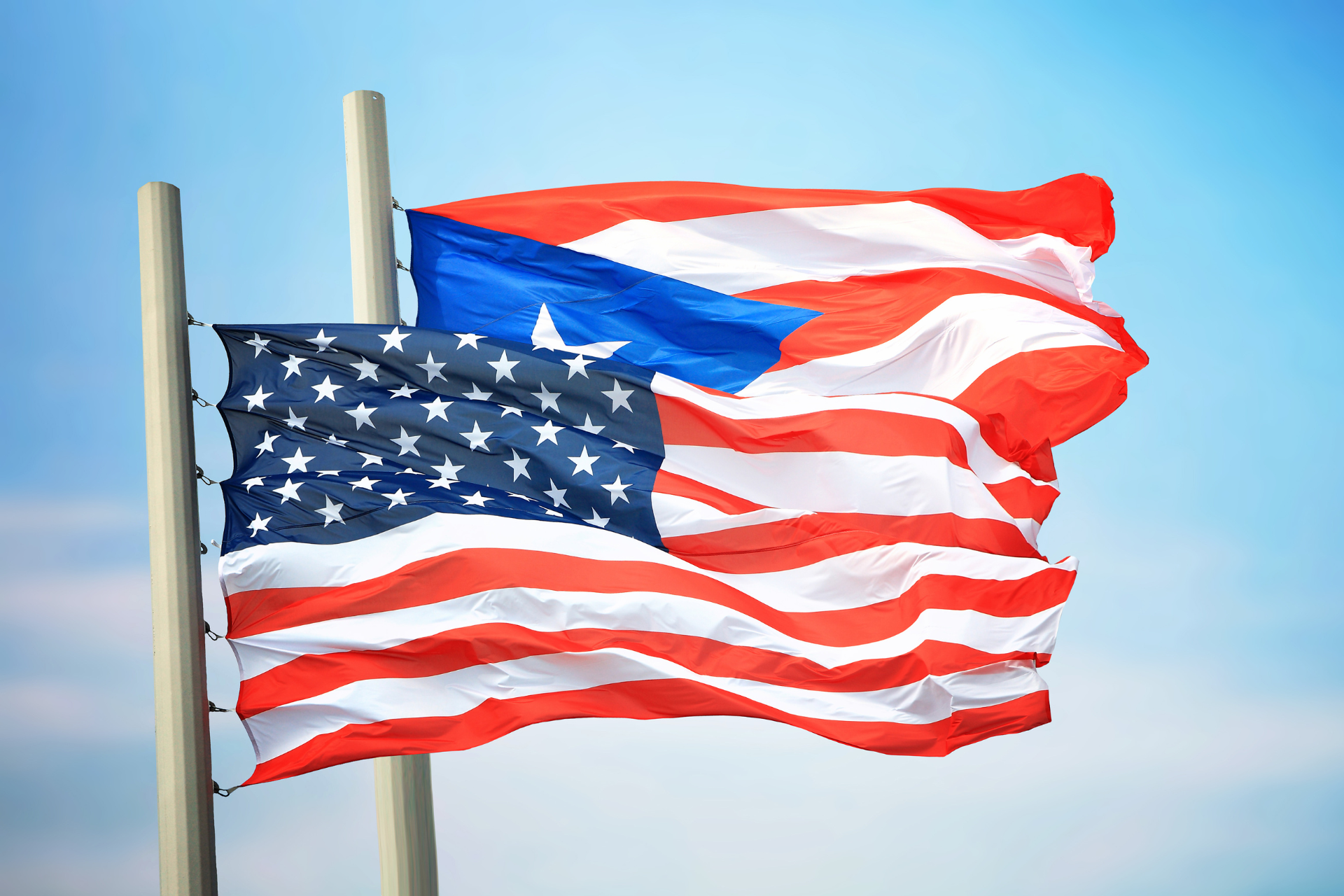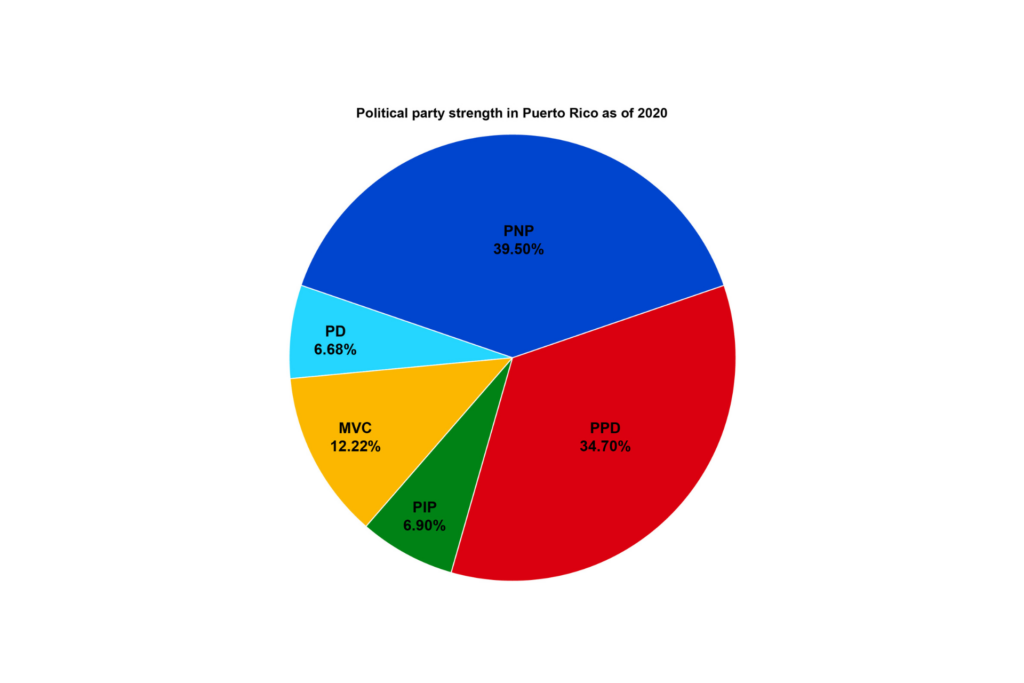It’s a presidential election year, and voters in Puerto Rico once again will be left out of the decision . Even though anyone born in Puerto Rico is a U.S. citizen and people from Puerto Rico can vote in presidential elections when they come to live in a state, Puerto Rico does not have any part in the Electoral College. Voters on the Island can vote in the primaries and send delegates to the national conventions, but that is all.
Statehood is a bipartisan issue, but we know that there are Republicans who have a false idea that all Puerto Rico’s voters will be Democrats; Mitch McConnell made the bizarre claim that statehood for Puerto Rico would be “full bore socialism.” We keep explaining that Puerto Rico is not divided between Republicans and Democrats, but between the statehood party and the commonwealth party, with a handful of people choosing one of the other parties. In the last Governor’s race, there were six different parties fielding candidates.
But once Puerto Rico becomes a state, that will change.
Puerto Rico’s traditional political parties
Like the states, Puerto Rico has two main political parties: the statehood party, Partido Nuevo Progresista (PNP); and the commonwealth party, Partido Popular Democratico (PPD). The independence party, the Partido Independentista Puertorriqueño (PIP), is much smaller, but advocates for the third possible status. The PPD or commonwealth party theoretically supports remaining a territory, but actually favors “enhanced commonwealth,” an unconstitutional fantasy which they have recently repackaged as “free association.” There are some other small parties, but most political energy in Puerto Rico goes to the question of the best political status for the Island.
As a state, Puerto Rico will no longer have uncertainty around political status. Statehood is a permanent, sovereign status. So what political parties will continue?
Republican and Democratic?
Right now, Puerto Rico’s governor and resident commissioner are both members of the PNP — but one is a Republican and the other is a Democrat. The Island has both a Republican Party and a Democratic Party, and it could be quite natural to split into red and blue.
A recent survey of Puerto Rican voters living in the states found that 48% of respondents were Republicans. 31% were Democrats, and 17% were Independents. A 2019 survey found that people who had just moved to a state from Puerto Rico were usually unaffiliated, but that they chose one or the other of the national parties after living in the states for a while — and that they were about 60% Democratic and 40% Republican once they made up their minds. However, this survey also found that newcomers to the states were less likely to vote, possibly because the difference between the two major national parties was not clear.
Independent?
Puerto Rico has a Green Party, though it is not large enough to be on the ballot. Perhaps once Puerto Rico is a state, the Green Party or the Libertarian Party would appeal to them. Maybe a third party could get a strong start in the new state.
The bottom line is that voters in a new state of Puerto Rico would not choose their party based on how their parents voted. They would be three million voters open to learning about the national parties and ready to make to make up their minds on the strength of the parties’ policies. It could be rejuvenating for the national political scene.









No responses yet